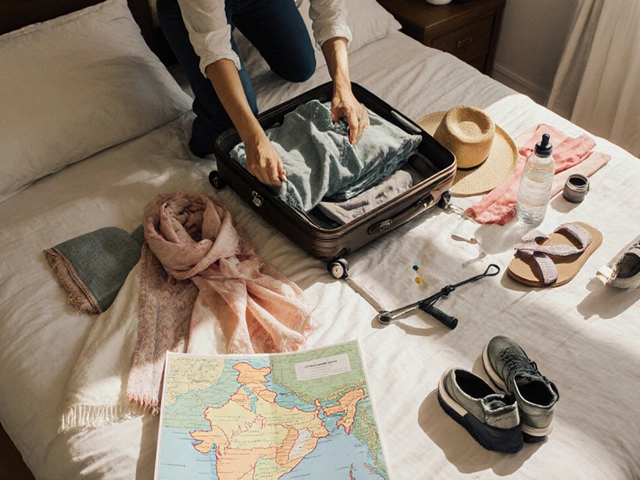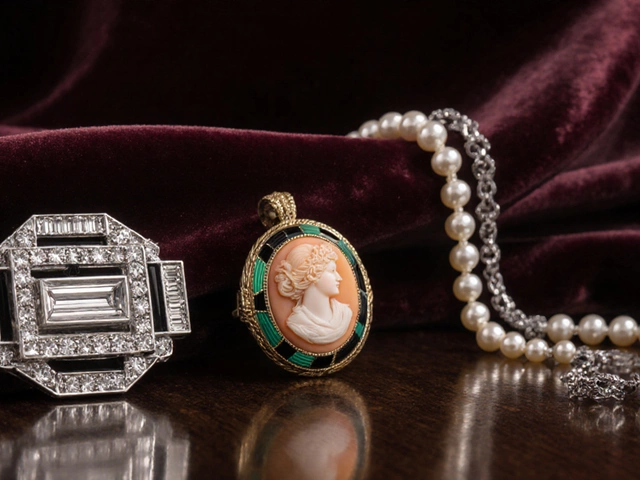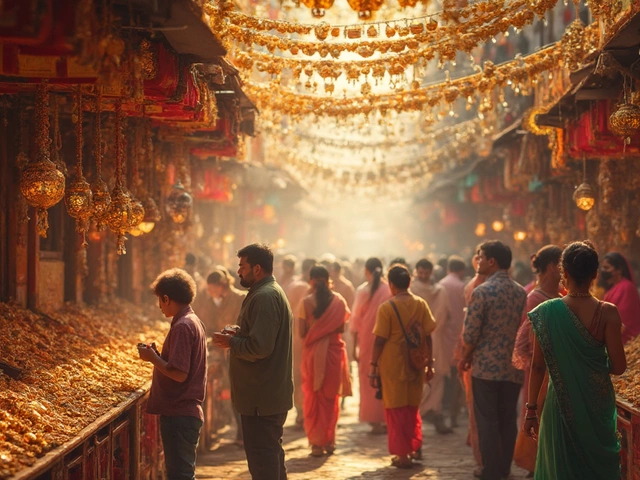Prehistoric Beads
When we talk about prehistoric beads, tiny ornaments created by early humans using natural materials like stone, bone, and shells. Also known as ancient beads, they represent some of the oldest personal accessories we know. Alongside them, beadwork, the craft of stringing and shaping beads into jewelry or decorative items provides the technique needed to turn raw beads into necklaces, bracelets, and even ritual objects. ancient jewellery, the broader category that includes beads, pendants, and metal ornaments used in early societies shows how beads fit into a larger aesthetic system. Finally, archaeology, the scientific study of past human activity through material remains uncovers the contexts that let us read the stories behind these tiny objects. In short, prehistoric beads encompass ancient jewellery, require beadwork techniques, and are illuminated by archaeology.
Materials and Methods That Shaped Early Adornment
Early makers chose whatever was at hand: river pebbles, sea shells, polished amber, or even animal teeth. The hardness of quartz, for example, meant they had to tap it with another stone to create a smooth surface, a skill that hints at an early understanding of tool use. Some cultures drilled holes using bow drills, while others carved beads directly from bone. These choices affect not only the bead’s look but also its durability, which is why archaeologists can still find perfectly preserved beads after thousands of years. The variety of materials also points to local resources and, later, to trade when exotic stones appear far from their source.
Beyond raw materials, the way beads were strung tells us a lot about social organization. Simple single‑strand necklaces suggest personal adornment, while multi‑strand, weighty beadwork often indicates status or ceremonial use. The spacing of holes, the use of beading cords made from plant fibers, and the incorporation of metal clasps in later periods all reflect evolving craftsmanship. By studying these technical details, we can trace how beadwork grew from a functional skill into an art form that carried symbolic weight.
Symbolism is woven into every bead. In many prehistoric societies, certain colors and shapes signaled membership in a tribe, achievements in hunting, or rites of passage. Red ochre‑stained beads, for instance, have been linked to fertility rituals, while spiraled shells might represent water deities. The recurring motifs found on beads across distant sites suggest shared ideas or long‑distance cultural exchange, reinforcing the notion that these tiny objects were more than decoration—they were communicative tools.
Archaeology has uncovered bead caches in burial sites, indicating that the dead were equipped with personal adornments for the afterlife. Sites in Southern Europe, the Indian subcontinent, and the Americas reveal that beads often accompanied grave goods, hinting at beliefs about status beyond death. Moreover, the presence of non‑local materials like lapis lazuli in beads found far from its source demonstrates early trade networks. These networks not only moved goods but also ideas about fashion, spirituality, and identity.
Today, modern designers draw inspiration from prehistoric bead styles, using reclaimed stone or replicating ancient drilling methods. This revival bridges past and present, showing that the appeal of small, hand‑crafted ornaments never fades. Contemporary beadwork workshops teach techniques that echo those of our ancestors, allowing hobbyists to experience a tactile connection to humanity’s earliest creative expressions.
The articles below dive deep into each of these angles. You’ll find guides on how tourists can dress respectfully in India, the meaning behind traditional waist chains, and the science of chakra jewellery—all linked by a common thread of personal adornment. Other posts explore the symbolism of broken bangles, the best materials for gold accessories, and how to spot real turquoise. Together, they paint a broad picture of how jewelry, from prehistoric beads to modern pieces, shapes culture, identity, and style.
Ready to explore the fascinating world of ancient adornments? Keep scrolling to discover detailed insights, practical tips, and cultural stories that bring prehistoric beads and their modern relatives to life.

Oldest Jewelry Piece: Digging Up Ancient Sparkle
From snail shell beads made over 140,000 years ago to ornate ancient necklaces, the story of jewelry begins much earlier than most people think. This article explores the oldest jewelry pieces ever found, breaks down what materials early humans used, and explains why they started wearing ornaments in the first place. You'll learn about fascinating archaeological finds, the tools used to date these treasures, and even tips for spotting signs of true antiquity. Whether you're into history or looking for inspiration for your next jewelry piece, this is an eye-opener.
read more





